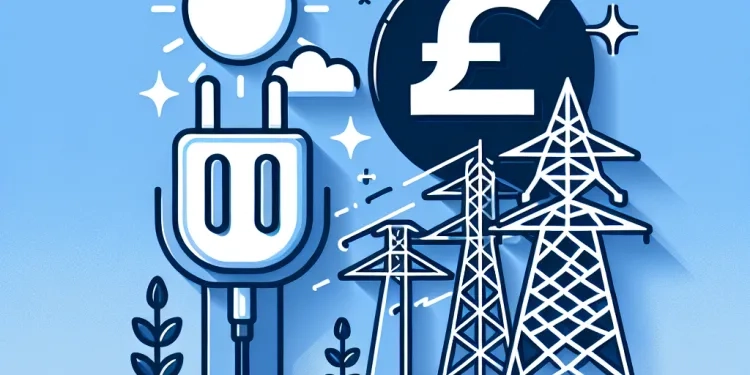
Find Help
More Items From Ergsy search
-

What is the Energy Price Cap in the UK?
Relevance: 100%
-

What is the energy price cap?
Relevance: 100%
-

Is the energy price cap the same for everyone?
Relevance: 96%
-

When was the energy price cap introduced?
Relevance: 96%
-
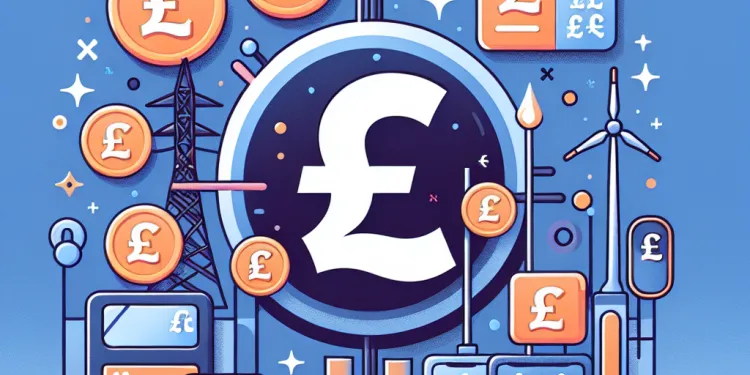
Why was the energy price cap introduced?
Relevance: 96%
-
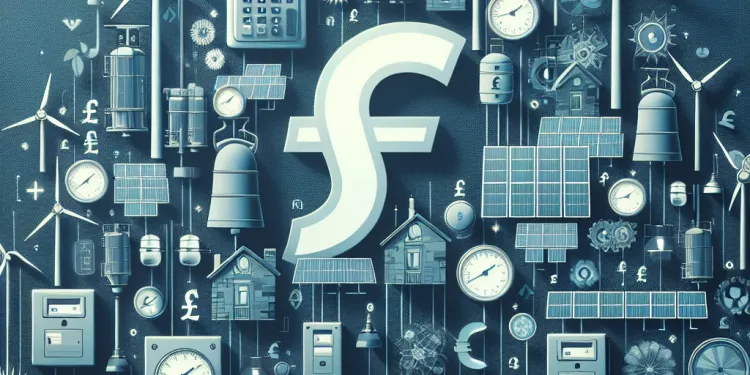
How is the energy price cap calculated?
Relevance: 95%
-

Can the energy price cap go down as well as up?
Relevance: 93%
-
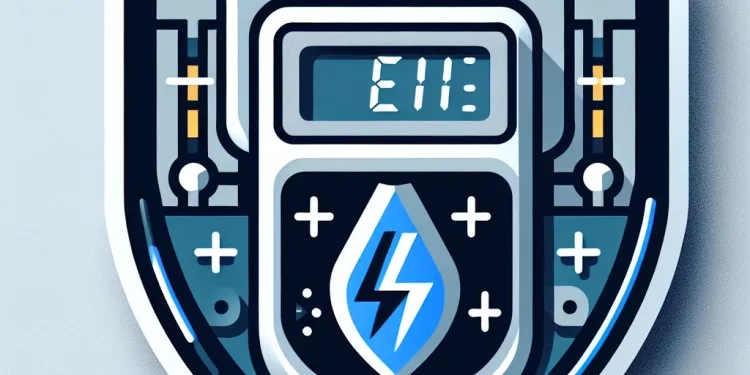
Does the energy price cap apply to all energy tariffs?
Relevance: 92%
-
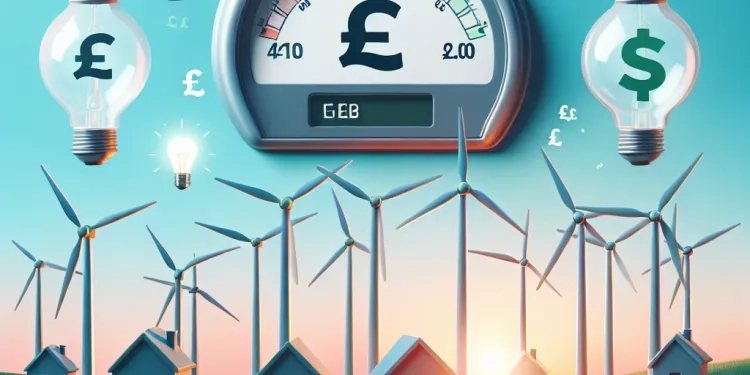
How often is the energy price cap reviewed?
Relevance: 92%
-

How does the energy price cap affect my energy bills?
Relevance: 92%
-

How does the energy price cap affect green energy tariffs?
Relevance: 89%
-
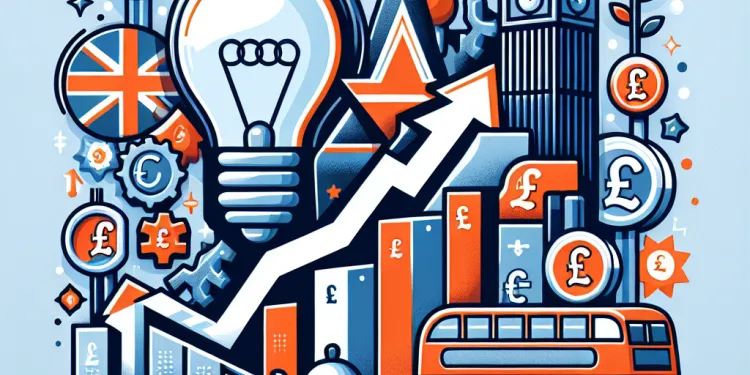
Is the energy price cap being reviewed due to market changes?
Relevance: 89%
-

Does the energy price cap guarantee my total bill?
Relevance: 89%
-

What factors influence changes to the energy price cap?
Relevance: 89%
-

Does the energy price cap apply to prepayment meters?
Relevance: 89%
-

Can energy suppliers charge less than the price cap?
Relevance: 87%
-
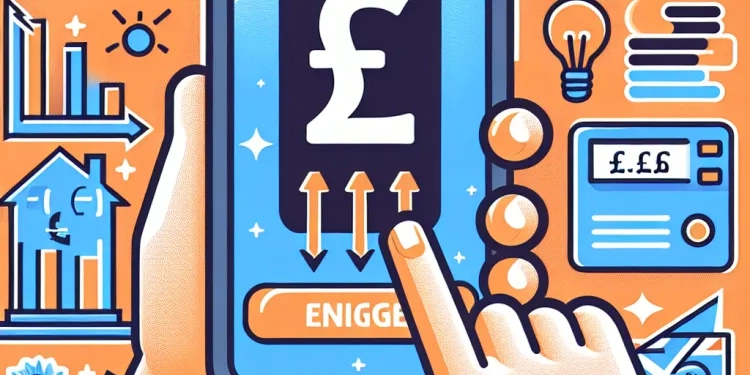
What happens if my energy supplier charges above the price cap?
Relevance: 86%
-

Where can I find more information about the energy price cap?
Relevance: 84%
-
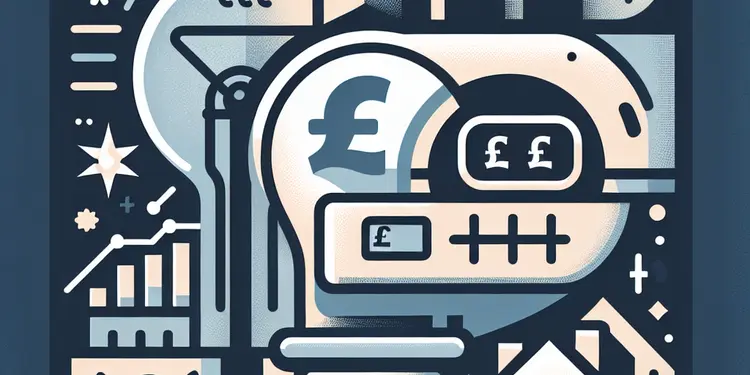
Are energy prices regulated in the UK?
Relevance: 83%
-
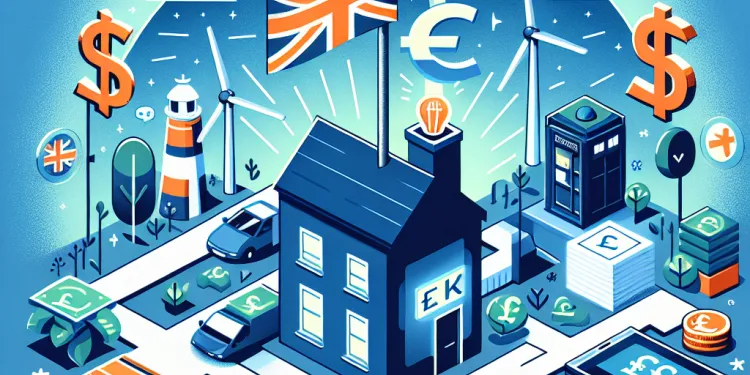
Can I still save money by switching suppliers if the price cap is in place?
Relevance: 71%
-

Who sets the energy price cap?
Relevance: 70%
-
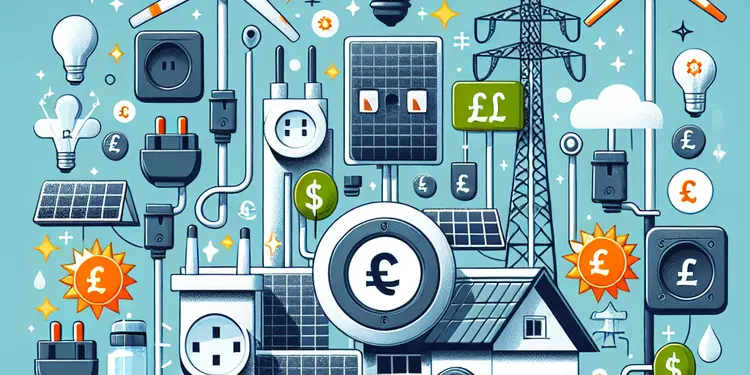
How often do energy companies review their electricity prices?
Relevance: 61%
-
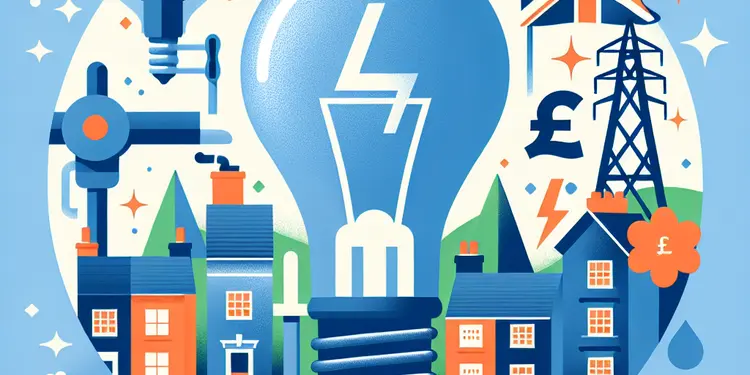
What factors influence the difference in electricity prices among UK energy companies?
Relevance: 58%
-

Impact of Rising Energy Prices on Household Budgets
Relevance: 55%
-
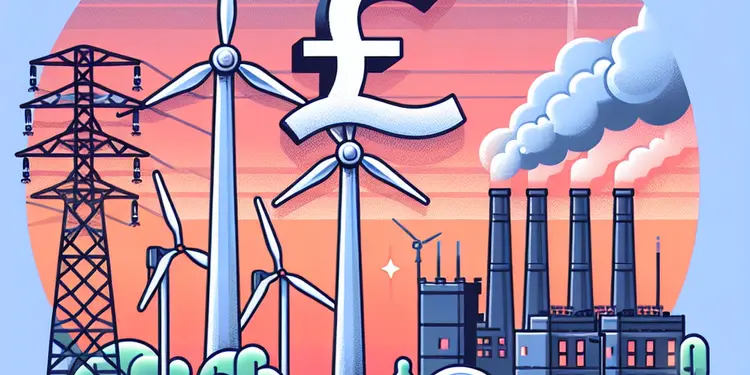
Do all UK energy companies cahrge the same for electricity
Relevance: 54%
-
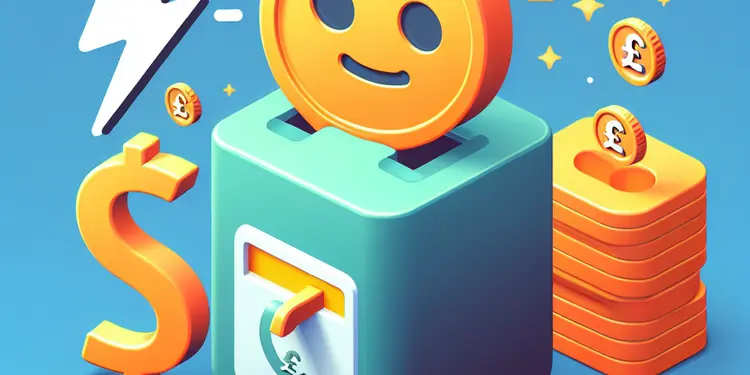
Do energy suppliers offer discounts on electricity prices?
Relevance: 53%
-
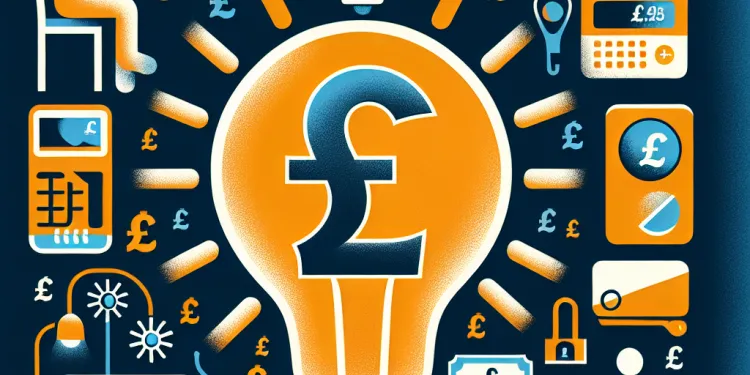
Energy Prices Set to Rise: How to Keep Your Bills Down
Relevance: 50%
-
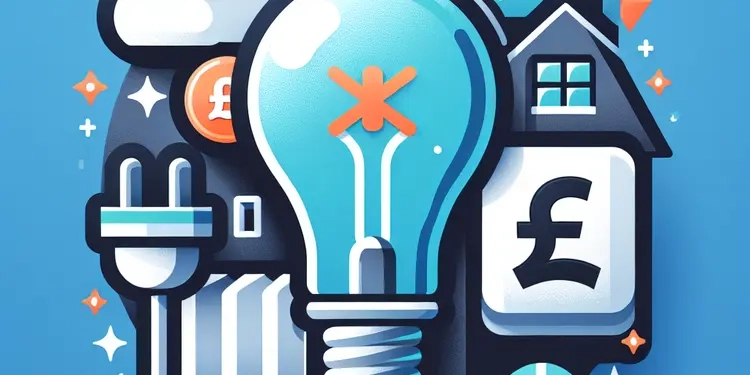
Do all UK energy companies charge the same for electricity?
Relevance: 48%
-
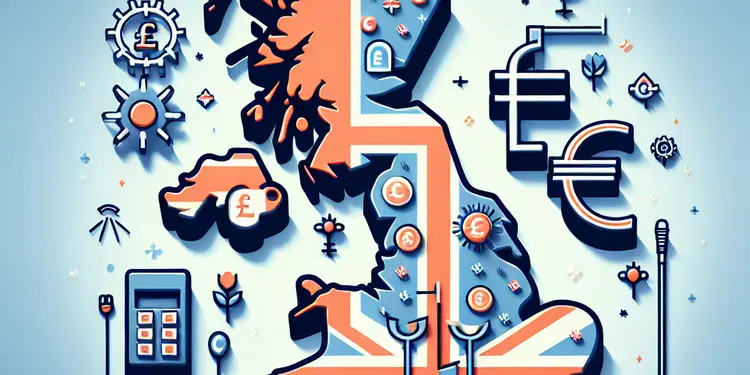
Can geographical location affect electricity prices in the UK?
Relevance: 46%
-

Impact of Rising Energy Costs on Family Budgets
Relevance: 42%
-

UK Government Announces New Energy Bill Support Amid Rising Costs
Relevance: 42%
-
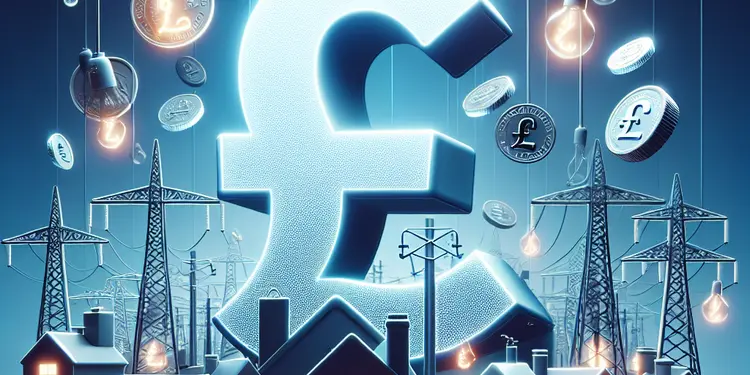
Why do energy companies charge different rates for their electricity?
Relevance: 40%
-
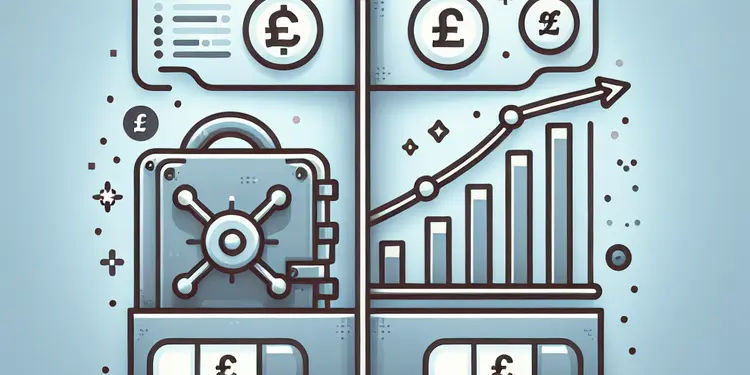
Can fixed-rate tariffs offer better price stability compared to variable tariffs?
Relevance: 39%
-

Is there a maximum price limit on electricity charges in the UK?
Relevance: 38%
-
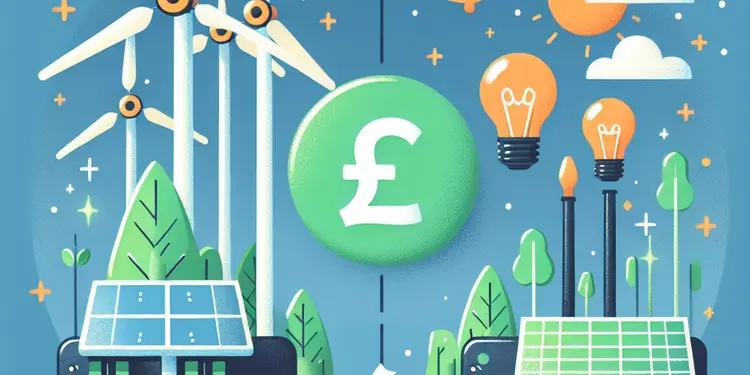
Are green energy tariffs more expensive than standard tariffs?
Relevance: 38%
-

How is the price of Bitcoin determined?
Relevance: 38%
-
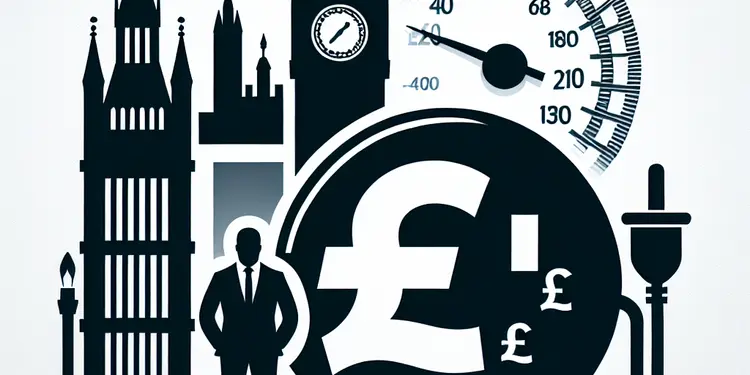
What is the energy price cap, and how does it affect electricity charges?
Relevance: 36%
-
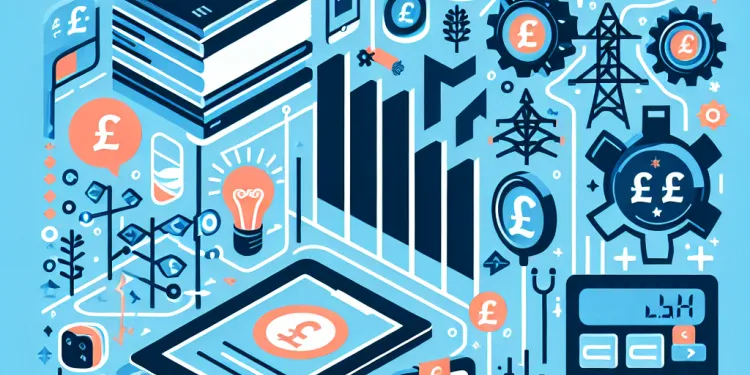
What should I do if my energy bill is unexpectedly high?
Relevance: 34%
-
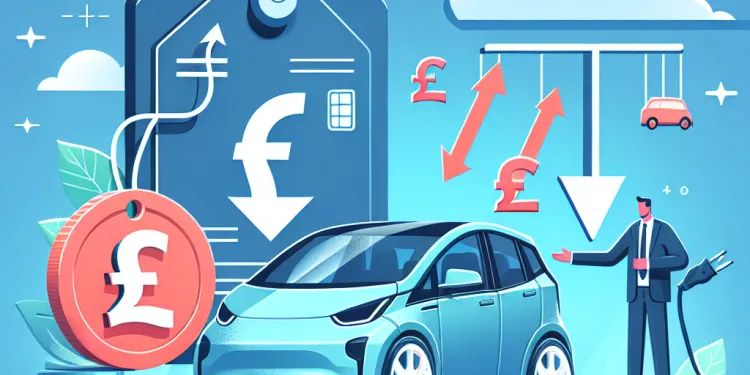
How does the EV grant affect the purchase price?
Relevance: 34%
-

Do electricity tariffs vary within the same energy company?
Relevance: 32%
Introduction to the Energy Price Cap
The energy price cap is a mechanism introduced by the UK government to protect consumers from excessively high energy costs. It aims to ensure that the energy prices charged by suppliers reflect only the actual cost of supplying energy and a reasonable profit. This regulatory intervention has been significant in the context of energy pricing for households throughout the United Kingdom.
When Was the Energy Price Cap Introduced?
The energy price cap was formally introduced on January 1, 2019. The initiative was established following widespread concerns that millions of households in the UK were paying excessively high prices for their energy, especially those on default tariffs or standard variable tariffs. The cap is applied to these default tariffs in particular, which are usually the most expensive rates charged by energy suppliers.
The Development and Implementation of the Price Cap
The energy price cap was first proposed in 2017 by then-Prime Minister Theresa May, who worked in conjunction with Ofgem, the Office of Gas and Electricity Markets, to develop the cap. Ofgem, the regulator for electricity and natural gas markets in Great Britain, was tasked with the responsibility of setting the level of the cap twice a year, in April and October.
After a period of consultation and legislative development, the Domestic Gas and Electricity (Tariff Cap) Act received Royal Assent in 2018. This paved the way for the cap’s introduction the following year. Ofgem is responsible for determining the cap level, which involves reviewing wholesale energy costs, network costs, and other supplier expenses to ensure that the cap is fair and reflective of actual market conditions.
Impact of the Energy Price Cap
The introduction of the energy price cap brought immediate relief to millions of households facing high energy costs. The cap means that energy suppliers cannot charge customers more than a set amount per unit of energy, thereby preventing surprise high charges and fostering greater market transparency. It primarily benefits consumers who have not actively chosen a competitive fixed-rate tariff and instead are on default tariffs.
However, the cap is not a static figure and can change based on shifts in the energy market. While it offers a protective layer, consumers are still encouraged to shop around for the best deals. The price cap is subject to periodic reviews and updates, allowing Ofgem to adjust the cap in line with changing market conditions, ensuring its relevance and effectiveness.
Future of the Energy Price Cap
The energy price cap was initially implemented as a temporary measure intended to last until 2023. However, its success and the continuing volatility in energy prices have led to discussions about its potential extension. Policymakers and consumer advocacy groups continue to debate the pros and cons of maintaining the cap and its impact on both consumers and the energy market as a whole.
Introduction to the Energy Price Cap
The energy price cap is a rule made by the UK government. It stops energy costs from being too high. It makes sure energy companies only charge what it costs to supply energy and a small extra. This rule helps people in the UK pay fair prices for energy.
When Was the Energy Price Cap Introduced?
The energy price cap started on January 1, 2019. It was made because lots of people were paying too much for energy. This was mostly for people on default or standard tariffs, which are the most expensive. The cap keeps these tariffs from being too high.
The Development and Implementation of the Price Cap
In 2017, Prime Minister Theresa May wanted the energy price cap. She worked with Ofgem, a group that watches over gas and electricity, to create the cap. Ofgem sets the cap level twice a year, in April and October.
The law to make the cap official was passed in 2018. Ofgem checks different costs like energy, network, and supplier costs to set the cap. This ensures the cap is fair and matches real market conditions.
Impact of the Energy Price Cap
The energy price cap helped many households pay less for energy. It stops energy companies from charging more than a set amount per energy unit. This prevents surprise high bills. It is good for people on default tariffs who haven't picked a better deal.
The cap can change with the energy market. Even though it helps, it's good to look for the best energy deals. Ofgem reviews the cap often to keep it fair and useful.
Future of the Energy Price Cap
The energy price cap was supposed to last until 2023. But because it worked well, people are talking about keeping it longer. Policymakers and consumer groups are discussing if it should stay and how it affects everyone.
Frequently Asked Questions
What is an energy price cap?
An energy price cap limits the amount suppliers can charge customers per unit of energy, aiming to protect consumers from unfair high prices.
When was the energy price cap introduced?
The energy price cap was introduced in January 2019 in Great Britain.
Who introduced the energy price cap?
The energy price cap was introduced by Ofgem, the Office of Gas and Electricity Markets in Great Britain.
Why was the energy price cap introduced?
The cap was introduced to protect consumers from excessive charges and ensure fair energy pricing.
How often is the energy price cap reviewed?
The energy price cap is reviewed and updated twice a year, in April and October.
What does the energy price cap cover?
The cap covers default tariffs, including standard variable tariffs, which many households use if they haven't actively chosen a tariff.
Does the energy price cap mean my bill can’t go over a certain amount?
No, the cap limits the price per unit of energy. Total bills can vary based on consumption.
How does the energy price cap affect my energy supplier?
Suppliers cannot charge more than the capped rate per unit of energy for default tariff customers.
Does the cap apply to all energy suppliers?
Yes, all suppliers must adhere to the cap for customers on default tariffs.
What happens if energy suppliers don’t comply with the cap?
Ofgem can take enforcement action, including fines, against suppliers that exceed the cap.
Has the introduction of the cap reduced energy bills?
The cap can reduce bills for some consumers who were previously on expensive tariffs.
Are there any exceptions to the energy price cap?
The cap does not apply to fixed-term tariffs, green energy tariffs, or tariffs agreed before the cap came into force.
How is the level of the price cap determined?
Ofgem calculates the cap based on the costs of supplying energy, including wholesale and network costs.
Does the energy price cap apply to business customers?
No, the cap only applies to domestic customers.
Can the energy price cap be removed?
Yes, the cap is subject to periodic review, and government policy could change its application or existence in the future.
How does the energy price cap promote competition in the energy market?
By preventing suppliers from setting high default tariffs, it encourages customers to shop around for better deals.
What should I do if my supplier is charging more than the cap?
You should contact your supplier immediately and if unresolved, report to Ofgem or the Energy Ombudsman.
How are customers informed about changes in the energy price cap?
Ofgem announces changes to the cap, and suppliers must inform customers about tariff impacts.
What impact has the energy price cap had on the energy market?
The cap has led to increased scrutiny on pricing and has motivated some suppliers to offer more competitive rates.
What does energy price cap mean?
The energy price cap is a limit on how much money you pay for gas and electricity. This means your energy bills cannot go too high.
Some tools can help you understand this better:
- Ask someone you trust to explain it to you.
- Use pictures or videos online that talk about energy prices.
- Read simple guides about energy bills.
The energy price cap is a rule that stops energy companies from charging too much money for the energy you use. It helps keep prices fair so people don't have to pay too much.
When did the energy price cap start?
The energy price cap started in 2019. This rule helps keep energy prices fair. It stops companies from charging too much money for gas and electricity. If you want to learn more or need help, you can ask someone you trust. You can also use tools like text-to-speech apps to read this information out loud.
The energy price cap started in January 2019 in Great Britain.
Who started the energy price cap?
The energy price cap was started by the government. It helps to keep energy prices from going too high.
If you want help understanding this, you can:
- Ask someone you trust to explain.
- Use pictures or videos about energy prices.
- Look up simple guides about energy on the internet.
The energy price cap is a limit on energy prices. It was made by Ofgem. Ofgem is the Office of Gas and Electricity Markets in Great Britain.
Why do we have a limit on energy prices?
The energy price cap is a rule. This rule stops energy companies from charging too much money. It makes sure prices are fair for everyone. The rule helps people save money on gas and electricity bills.
If you want to understand more, you can ask someone to help explain. You can also use pictures or videos to learn better.
The cap is a rule that stops prices from going too high. It helps make sure people pay fair prices for energy.
How often does the energy price cap change?
The energy price cap is checked to see if it needs to change.
This happens every 3 months.
You can use a calendar to remind you when this might happen.
The energy price cap is checked and changed two times a year. This happens in April and October.
What is the energy price cap?
The cap covers the cost plans for energy that many people use. This is called the default or standard tariff. People use it if they do not pick a special deal.
Will my energy bill always stay below a set amount?
The energy price cap sets a limit on how much you pay for each unit of gas or electricity you use, not on your total bill.
This means your bill can still go up or down based on how much energy you use.
To manage your energy use, you can:
- Turn off lights when you leave a room.
- Wear warm clothes instead of turning up the heat.
- Use energy-saving bulbs and appliances.
Tip: You can use a smart meter to track your energy use. This can help you save money.
No, the cap is like a stop sign on how much you pay for each bit of energy you use. Your total bill can be different if you use more or less energy.
What does the energy price cap mean for my energy company?
An energy price cap limits how much your energy company can charge for electricity and gas. It helps keep your bills from getting too high.
If you need help understanding your bills, ask someone you trust to explain. Using pictures or videos might also help.
Energy suppliers cannot charge more than a set amount for each unit of energy you use if you are on a default tariff.
Does the price limit apply to all energy companies?
Yes, all suppliers have to follow the price limit for customers on standard plans.
What happens if energy companies don't follow the rules?
Energy companies have rules to follow. These rules tell them the highest price they can charge for energy.
If the companies don't follow the rules, they might get in trouble. Someone might check to see what they did wrong.
If the company still doesn’t follow, they might have to pay money as a punishment.
If you find this hard to understand, you can ask someone you trust to help explain it. Pictures and videos can also help make it clearer.
Ofgem can give penalties, like fines, to energy companies that don’t follow the rules.
Did the new cap make energy bills cheaper?
The cap can help some people pay less for their energy. It can make bills cheaper for those who were paying a lot before.
Are there any times when the energy price limit does not apply?
The cap does not cover all types of energy plans. It does not cover:
- Fixed-term plans
- Green energy plans
- Plans made before the cap started
How do they decide the price cap level?
Ofgem works out the cap by looking at how much it costs to give people energy. This includes the price for buying energy and taking care of the network.
Does the Energy Price Cap Affect Businesses?
No, the limit is only for people who use energy at home.
Can we take away the limit on energy prices?
This question is about energy prices. Energy is the electricity and gas we use at home. The energy price cap is a limit. It stops energy prices from getting too high.
To make this question easier:
- Think about what a "cap" is. It is something that stops prices from rising too much.
- Ask "What would happen if there was no cap?" Prices could go up.
Here are some ways to understand better:
- Find videos online that explain energy prices and caps.
- Ask someone you trust to explain it to you in simple words.
Yes, the cap can be looked at and changed from time to time. The government might also decide to change or remove it in the future.
How does the energy price cap help companies compete in selling energy?
Stopping suppliers from setting high prices helps people look for better deals.
What if my supplier asks for more money than they should?
If your supplier wants you to pay more than they should, you can:
- Check your bill to make sure it is right.
- Talk to your supplier and ask why the cost is higher.
- Use a calculator to add things up, or ask someone for help.
- If you are still stuck, you can ask a friend or family member to help you talk to them.
- You can also call a support service for advice.
Talk to the company that gives you energy. Do this right away! If they can't help you, tell Ofgem or the Energy Ombudsman.
How do people find out about changes in energy prices?
Ofgem says there will be changes to the price cap. Energy companies have to tell their customers how this will change their bills.
How has the energy price limit changed the energy market?
The energy price limit means there is a maximum price for energy.
This can help people by making sure energy doesn't cost too much.
It can change how energy companies set their prices.
Tools like picture guides or videos can help understand more.
The cap has made people look closely at how much things cost. It has also encouraged some companies to offer better prices.
Useful Links
- Ergsy carfully checks the information in the videos we provide here.
- Videos shown by Youtube after a video has completed, have NOT been reviewed by ERGSY.
- To view, click the arrow in centre of video.
- Most of the videos you find here will have subtitles and/or closed captions available.
- You may need to turn these on, and choose your preferred language.
- Go to the video you'd like to watch.
- If closed captions (CC) are available, settings will be visible on the bottom right of the video player.
- To turn on Captions, click settings .
- To turn off Captions, click settings again.
More Items From Ergsy search
-

What is the Energy Price Cap in the UK?
Relevance: 100%
-

What is the energy price cap?
Relevance: 100%
-

Is the energy price cap the same for everyone?
Relevance: 96%
-

When was the energy price cap introduced?
Relevance: 96%
-

Why was the energy price cap introduced?
Relevance: 96%
-

How is the energy price cap calculated?
Relevance: 95%
-

Can the energy price cap go down as well as up?
Relevance: 93%
-

Does the energy price cap apply to all energy tariffs?
Relevance: 92%
-

How often is the energy price cap reviewed?
Relevance: 92%
-

How does the energy price cap affect my energy bills?
Relevance: 92%
-

How does the energy price cap affect green energy tariffs?
Relevance: 89%
-

Is the energy price cap being reviewed due to market changes?
Relevance: 89%
-

Does the energy price cap guarantee my total bill?
Relevance: 89%
-

What factors influence changes to the energy price cap?
Relevance: 89%
-

Does the energy price cap apply to prepayment meters?
Relevance: 89%
-

Can energy suppliers charge less than the price cap?
Relevance: 87%
-

What happens if my energy supplier charges above the price cap?
Relevance: 86%
-

Where can I find more information about the energy price cap?
Relevance: 84%
-

Are energy prices regulated in the UK?
Relevance: 83%
-

Can I still save money by switching suppliers if the price cap is in place?
Relevance: 71%
-

Who sets the energy price cap?
Relevance: 70%
-

How often do energy companies review their electricity prices?
Relevance: 61%
-

What factors influence the difference in electricity prices among UK energy companies?
Relevance: 58%
-

Impact of Rising Energy Prices on Household Budgets
Relevance: 55%
-

Do all UK energy companies cahrge the same for electricity
Relevance: 54%
-

Do energy suppliers offer discounts on electricity prices?
Relevance: 53%
-

Energy Prices Set to Rise: How to Keep Your Bills Down
Relevance: 50%
-

Do all UK energy companies charge the same for electricity?
Relevance: 48%
-

Can geographical location affect electricity prices in the UK?
Relevance: 46%
-

Impact of Rising Energy Costs on Family Budgets
Relevance: 42%
-

UK Government Announces New Energy Bill Support Amid Rising Costs
Relevance: 42%
-

Why do energy companies charge different rates for their electricity?
Relevance: 40%
-

Can fixed-rate tariffs offer better price stability compared to variable tariffs?
Relevance: 39%
-

Is there a maximum price limit on electricity charges in the UK?
Relevance: 38%
-

Are green energy tariffs more expensive than standard tariffs?
Relevance: 38%
-

How is the price of Bitcoin determined?
Relevance: 38%
-

What is the energy price cap, and how does it affect electricity charges?
Relevance: 36%
-

What should I do if my energy bill is unexpectedly high?
Relevance: 34%
-

How does the EV grant affect the purchase price?
Relevance: 34%
-

Do electricity tariffs vary within the same energy company?
Relevance: 32%


